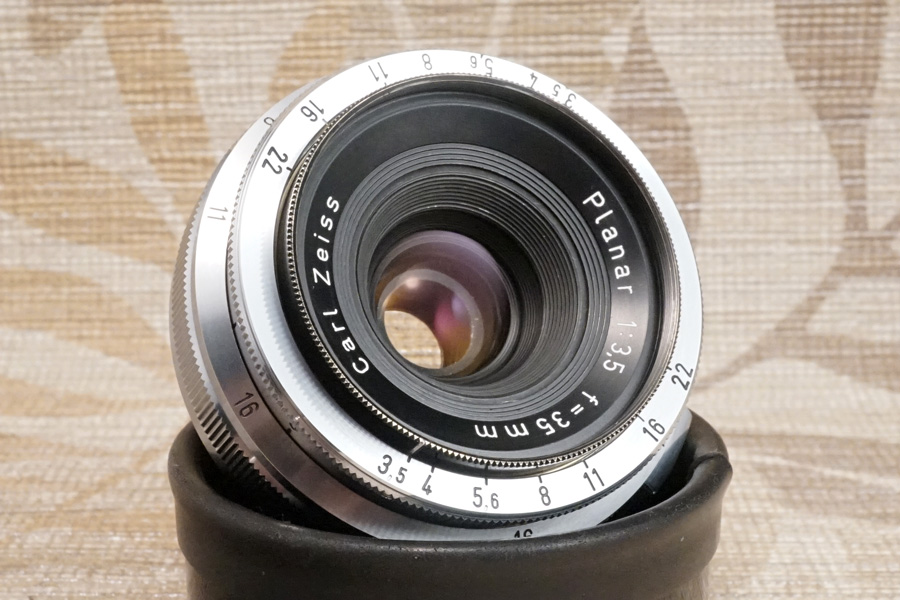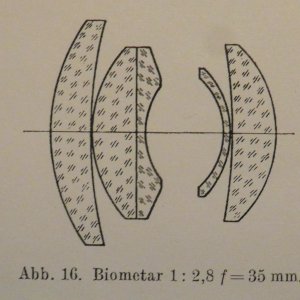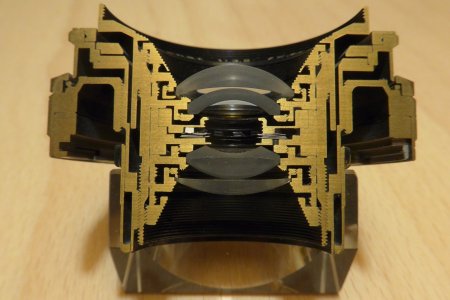Don't take me wrong, I am not trying to be Mr. Know-it all, but the Planar literally IS the Biometar, or rather the Planar is the completion of Dr. Wanderslebs and Dr. Sauers plans that got drawn up with the Biometar before Zeiss was split into east and west. Optically they basically follow the same idea of trying to reduce the flare of the original (Rudolph) Planar design in a time when coatings were not quite as good as they are today.
The camera where the Planar is clearly different from the Biometar is the Rolleiflex which moves the cemented doublet into the front element bringing the design closer to their ancestor - the archetypical Topogon which basically is the most reductionist double Gauss lens possible.
Anyway back to the Contax lens, it is interesting that Jena was able to push this design to 2.8 with very little concessions made to sharpness and flatness of field. The western variant has more contrast and richer more saturated colors. The trade-off is slightly larger field curvature, however, at least on film not to a meaningful degree. This may simply have been a conscious choice due to the difference in time when these lenses came out as color -- and reversal film especially was becoming more mainstream. And the aperture may have served to differentiate it from the much pricier f2.8 Biogon.


















